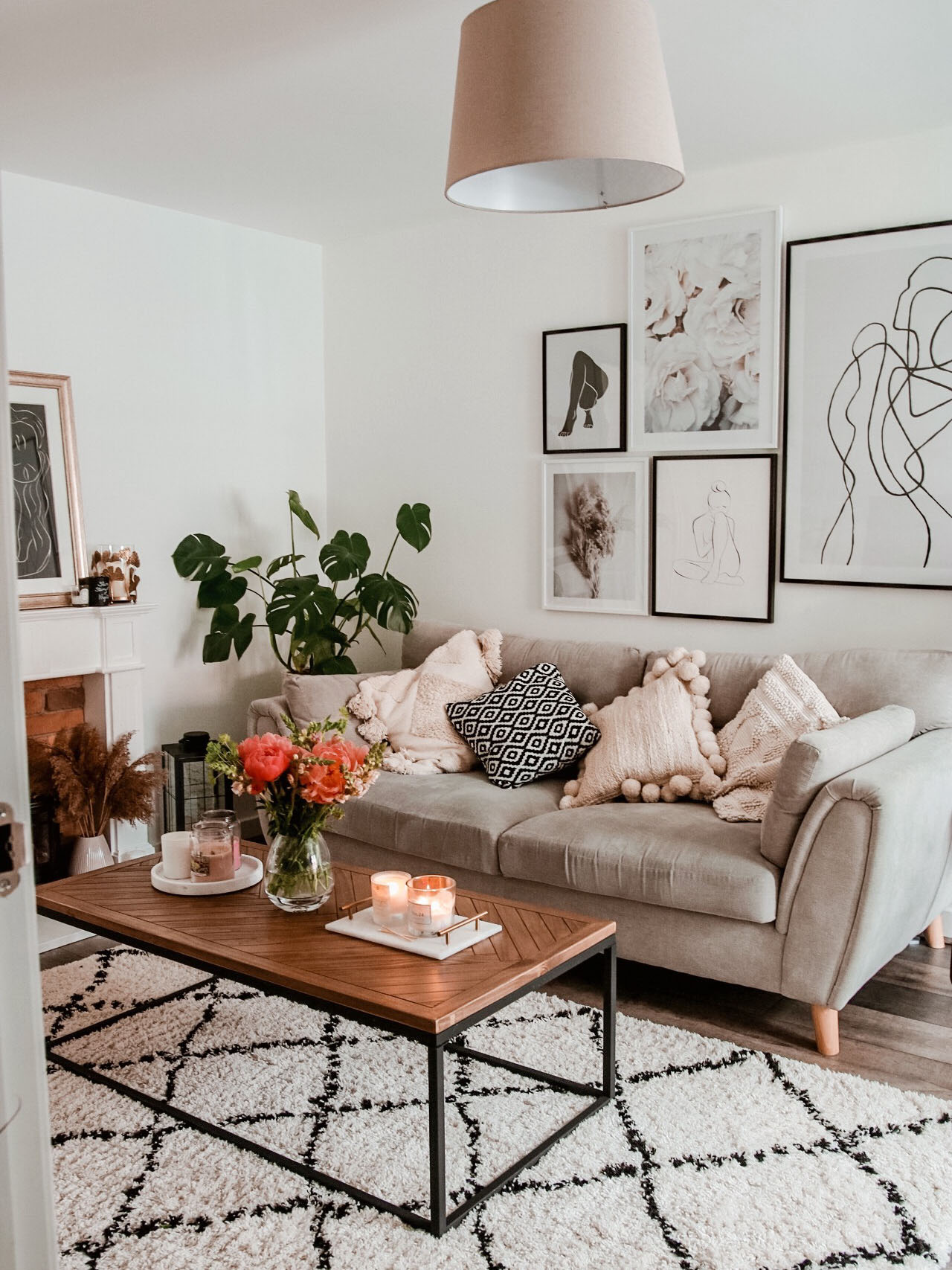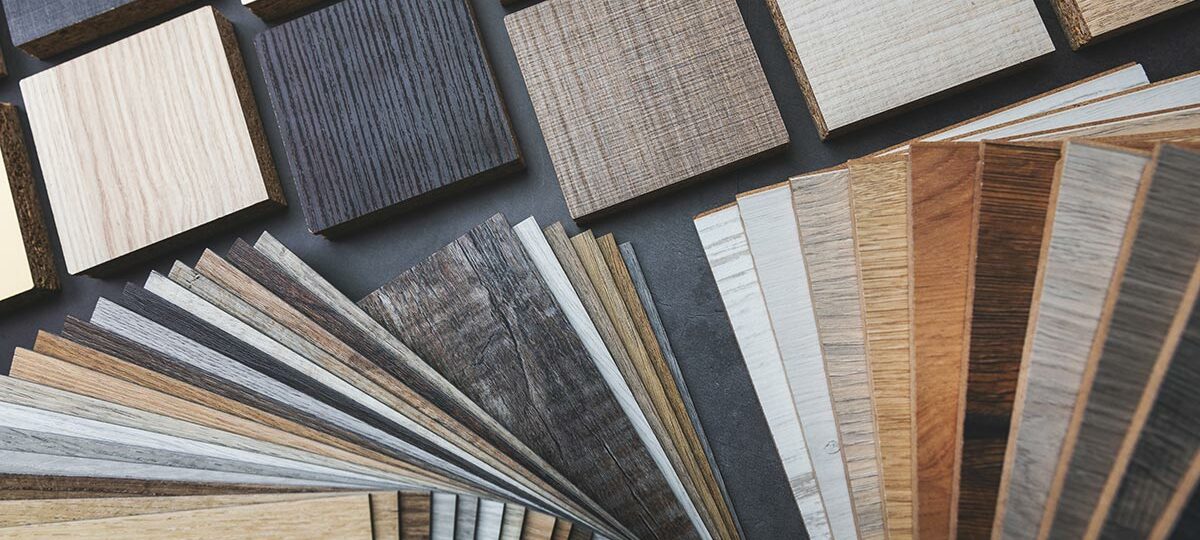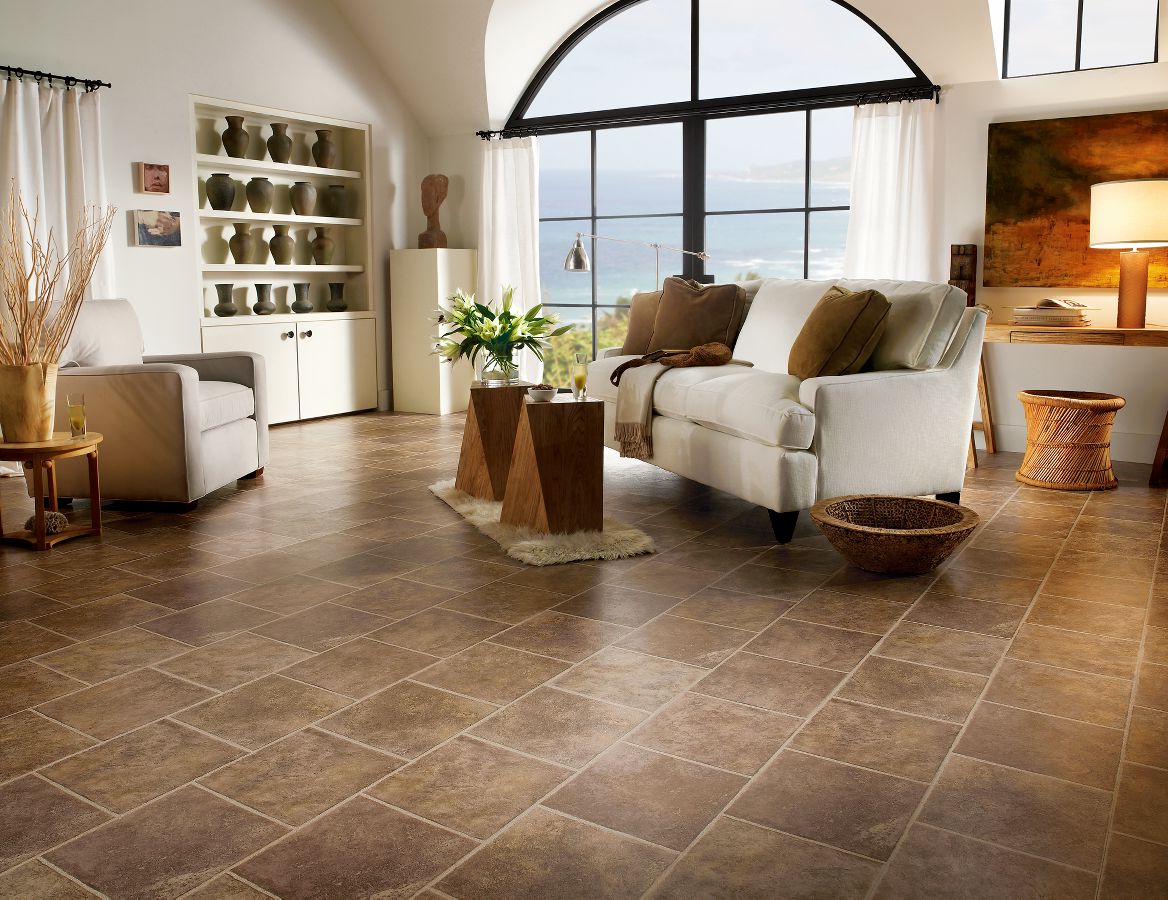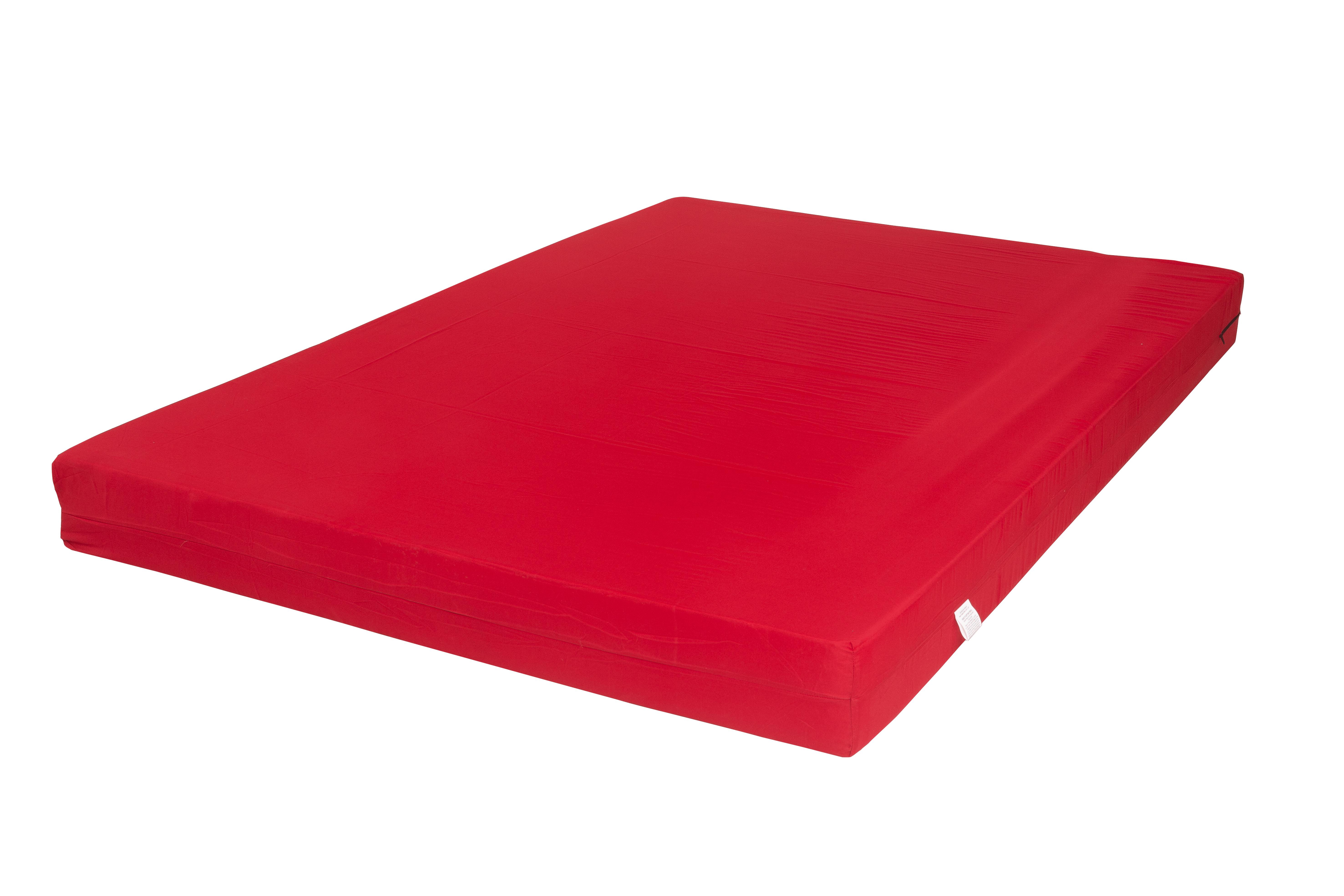Choosing the right flooring for your living room can be a daunting task. With so many options available, it can be overwhelming to decide which one is best for your space. Two popular choices for living room flooring are laminate and tile. Both have their own unique benefits and drawbacks, and it's important to consider them all before making a decision. In this article, we will compare laminate and tile flooring to help you determine which is the best option for your living room.Laminate vs Tile: Which is the Best Flooring Option for Your Living Room?
Pros: Laminate flooring is a popular choice for living rooms due to its affordability and easy installation. It is also available in a wide range of colors and designs, making it easy to find one that matches your living room's aesthetic. Laminate is also durable and scratch-resistant, making it a great option for high-traffic areas. It is also easy to clean and maintain, requiring only regular sweeping and occasional mopping. Cons: Despite its durability, laminate flooring can still be damaged by moisture, so it is not recommended for areas with high humidity. It can also be quite noisy, especially if not properly installed. While laminate is affordable, it may not add as much value to your home as other flooring options.Pros and Cons of Laminate Flooring in Living Rooms
Pros: Tile flooring is known for its durability and the wide range of design options available. It is also moisture-resistant, making it a great choice for living rooms in areas with high humidity. Tile is also easy to clean and maintain, making it a popular choice for busy households. It can also add value to your home, making it a good long-term investment. Cons: Tile flooring can be cold and hard, which may not be ideal for a cozy living room. It is also more expensive than laminate and can be difficult to install, requiring professional help. The grout lines in between tiles can also be difficult to keep clean, requiring regular maintenance.Tile Flooring for Living Rooms: Benefits and Drawbacks
The cost of flooring can be a significant factor in your decision-making process. Laminate flooring is generally more affordable than tile, with prices ranging from $1 to $5 per square foot. As for tile, the cost can range from $5 to $15 per square foot, depending on the type of tile and installation method. However, it's important to keep in mind that tile is a long-term investment and can add value to your home in the long run.Cost Comparison: Laminate vs Tile for Living Rooms
Laminate flooring is known for its durability, with many manufacturers offering warranties of up to 25 years. However, it is still susceptible to damage from moisture and can be scratched or dented by heavy furniture. On the other hand, tile is one of the most durable flooring options, with some types lasting for decades. It is also resistant to water, stains, and scratches, making it a great choice for high-traffic areas like living rooms.Durability of Laminate vs Tile in Living Rooms
Both laminate and tile flooring are relatively easy to maintain and clean. Laminate only requires regular sweeping and occasional mopping, while tile may also require occasional resealing to maintain its water resistance. However, it's important to note that the grout lines in between tiles can be difficult to keep clean and may require more frequent maintenance.Maintenance and Cleaning: Laminate vs Tile in Living Rooms
When it comes to design options, both laminate and tile have a lot to offer. Laminate flooring is available in a wide range of colors and designs, including options that mimic the look of hardwood or stone. Tile, on the other hand, comes in various materials such as ceramic, porcelain, and natural stone, offering endless design possibilities. Ultimately, the choice will come down to your personal preference and the overall aesthetic of your living room.Design Options: Laminate vs Tile for Living Rooms
Laminate flooring can be quite noisy, especially if not properly installed with an underlayment. It can also feel hard and cold underfoot, which may not be comfortable for a living room. On the other hand, tile flooring can also be cold, but adding a rug or using radiant heating can help make it more comfortable. It is also less noisy than laminate, making it a better option for households with children or pets.Comfort and Sound: Laminate vs Tile in Living Rooms
Laminate flooring is made from composite wood materials and can emit formaldehyde, a harmful chemical, into the air. However, many manufacturers now offer low or no formaldehyde options. Tile, on the other hand, is made from natural materials and is considered a more environmentally friendly option. It is also durable and long-lasting, reducing the need for frequent replacements.Environmental Impact: Laminate vs Tile in Living Rooms
Both laminate and tile flooring have their own unique benefits and drawbacks. Ultimately, the best choice for your living room will depend on your budget, lifestyle, and personal preferences. Consider the factors mentioned above and weigh them against your needs to make an informed decision. No matter which option you choose, both laminate and tile can add beauty and value to your living room for years to come.Conclusion: Choosing the Right Flooring for Your Living Room
The Battle of Laminate vs Tile in the Living Room Design

Choosing the right flooring for your living room can be a daunting decision. After all, it's the space where you and your family spend a significant amount of time, and it sets the tone for the rest of your house. With so many options available, it can be challenging to narrow down the best choice for your home. In this article, we will delve into the debate of laminate vs tile for your living room flooring and provide you with the necessary information to make an informed decision.
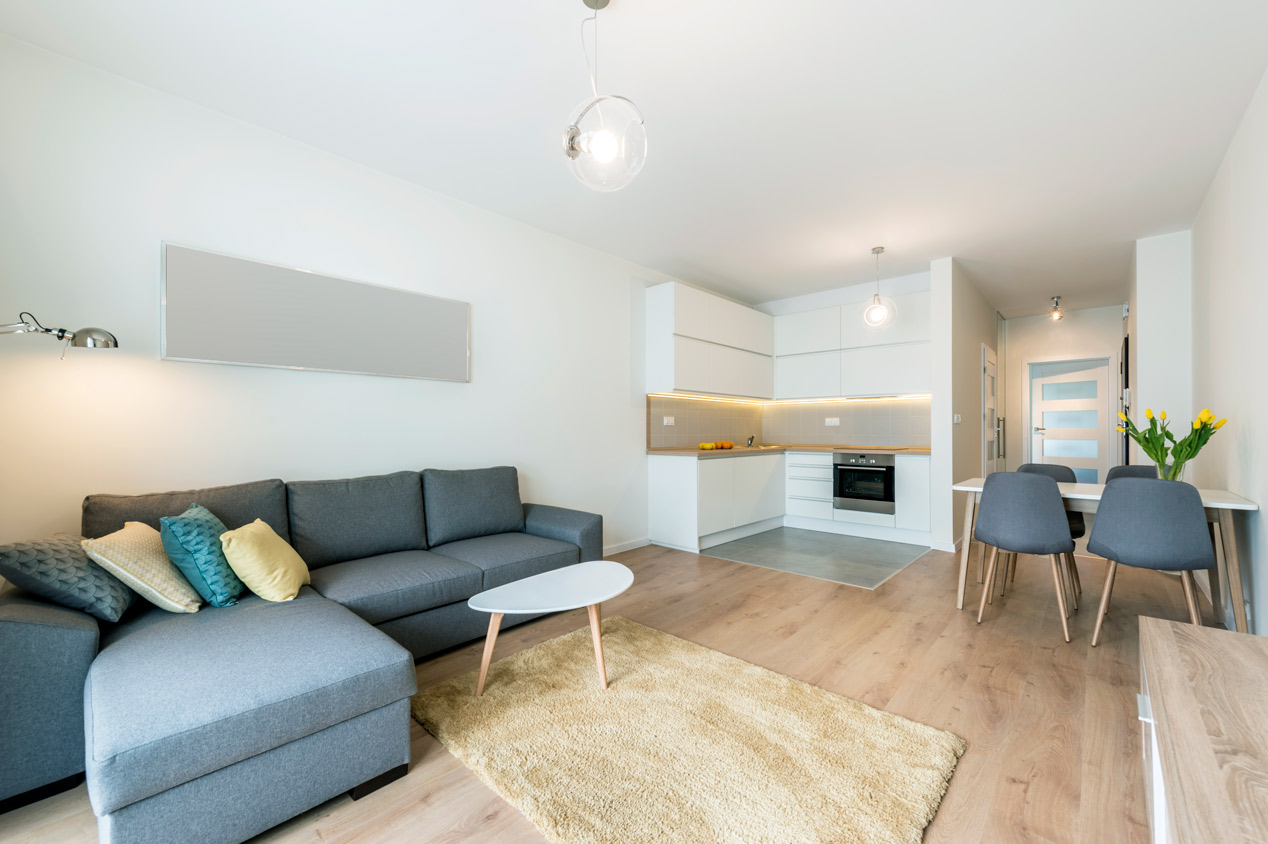
Both laminate and tile are popular choices for living room flooring due to their durability and versatility. Let's explore the pros and cons of each to determine which one is the best fit for your living room design.
Laminate Flooring: The Affordable and Low-Maintenance Option
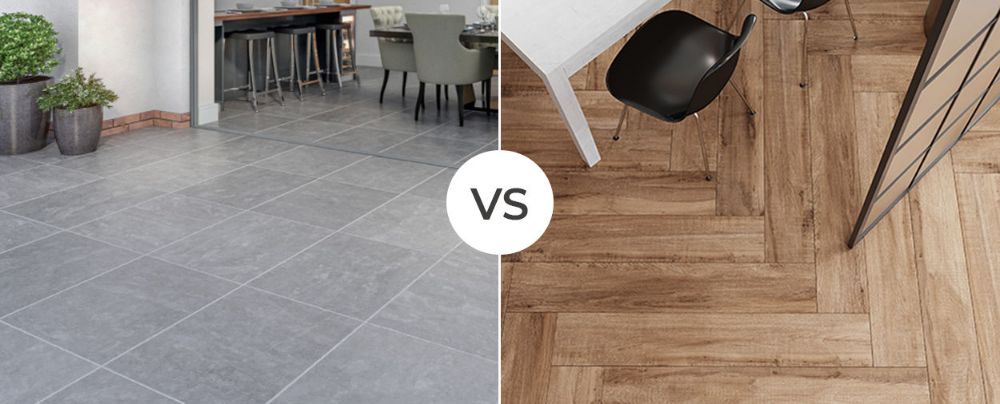
Laminate flooring is a synthetic product made to look like real wood or stone. It's a budget-friendly option that offers the look of expensive hardwood or tile without the hefty price tag. With easy installation and low maintenance, it's an attractive choice for busy households.
Pros:
- Affordable: Laminate flooring is significantly cheaper than real hardwood or tile.
- Durable: It's resistant to scratches, dents, and stains, making it an ideal choice for high-traffic areas like the living room.
- Easy Maintenance: A simple sweep and mop are all you need to keep your laminate floors looking clean and shiny.
Cons:
- Not Waterproof: Unlike tile, laminate flooring is not water-resistant and can be damaged by standing water or excessive moisture.
- Not as Long-Lasting: While durable, laminate flooring may need to be replaced after 10-15 years, depending on the level of foot traffic in your living room.
- Less Aesthetically Pleasing: Laminate flooring can look artificial and may not have the same visual appeal as real hardwood or tile.
Tile Flooring: The Durable and Stylish Choice

Tile flooring is a popular choice for living rooms due to its durability and aesthetic appeal . It's available in a variety of materials, including ceramic, porcelain, and natural stone, giving homeowners plenty of options to choose from.
Pros:
- Durable: Tile is highly resistant to scratches, dents, and moisture, making it an excellent choice for living rooms.
- Waterproof: Unlike laminate, tile flooring is waterproof, making it ideal for homes with kids and pets.
- Stylish: With a wide range of designs, colors, and patterns, tile flooring can add a touch of elegance to any living room.
Cons:
- Cost: Tile flooring can be more expensive than laminate, especially if you opt for natural stone tiles.
- Hard to Install: Installing tile flooring can be a difficult and time-consuming process, and it's best left to professionals.
- High Maintenance: While durable, tile flooring requires regular cleaning and maintenance to prevent grout from staining or cracking.
Ultimately, the decision between laminate and tile for your living room flooring will depend on your budget, lifestyle, and personal preferences. If you're looking for an affordable and low-maintenance option, laminate may be the way to go. However, if you want a durable and stylish choice, tile flooring may be the best fit for your living room design.
Whichever option you choose, make sure to carefully consider your needs and do your research before making a final decision. With the right flooring, your living room can become a beautiful and functional space for you and your family to enjoy for years to come.
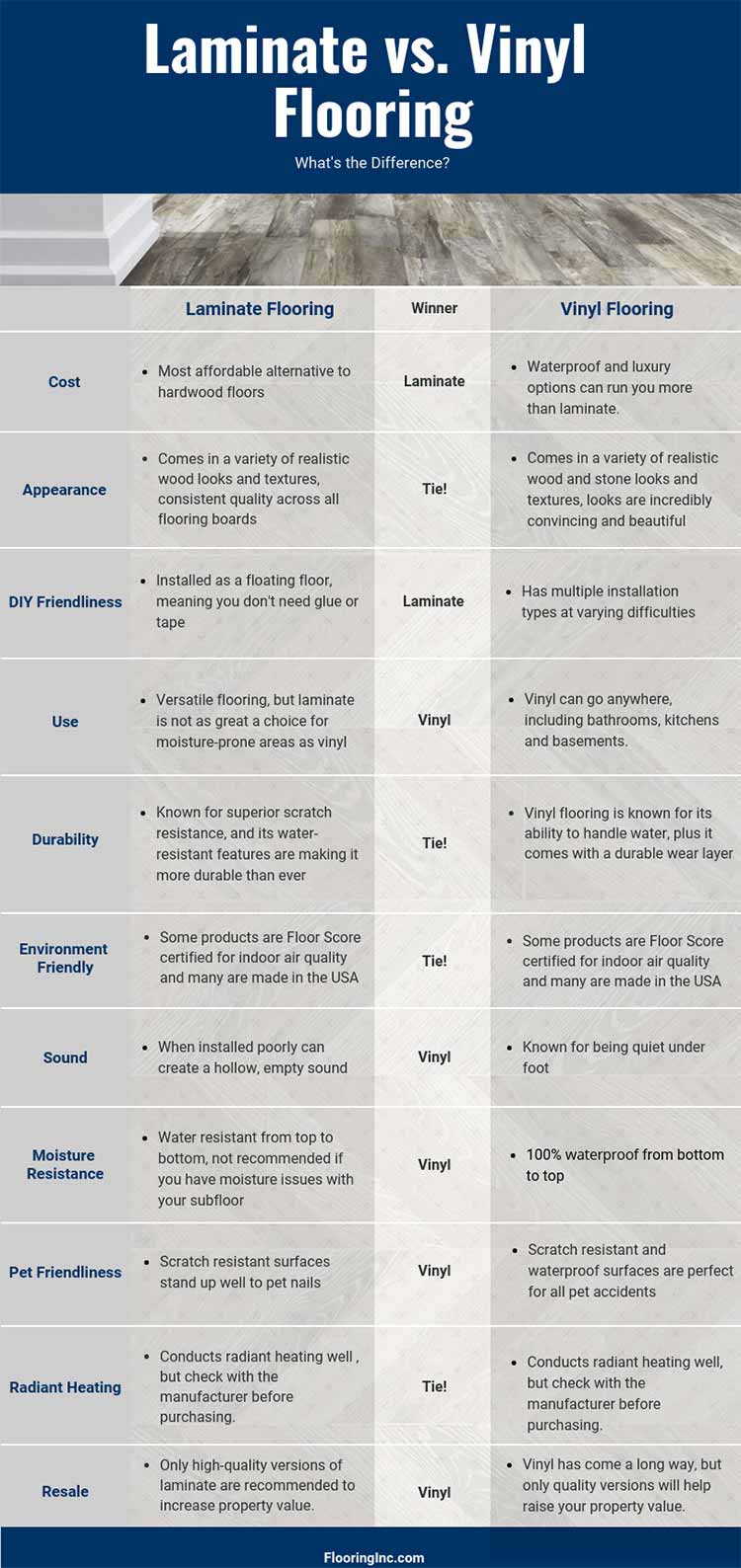




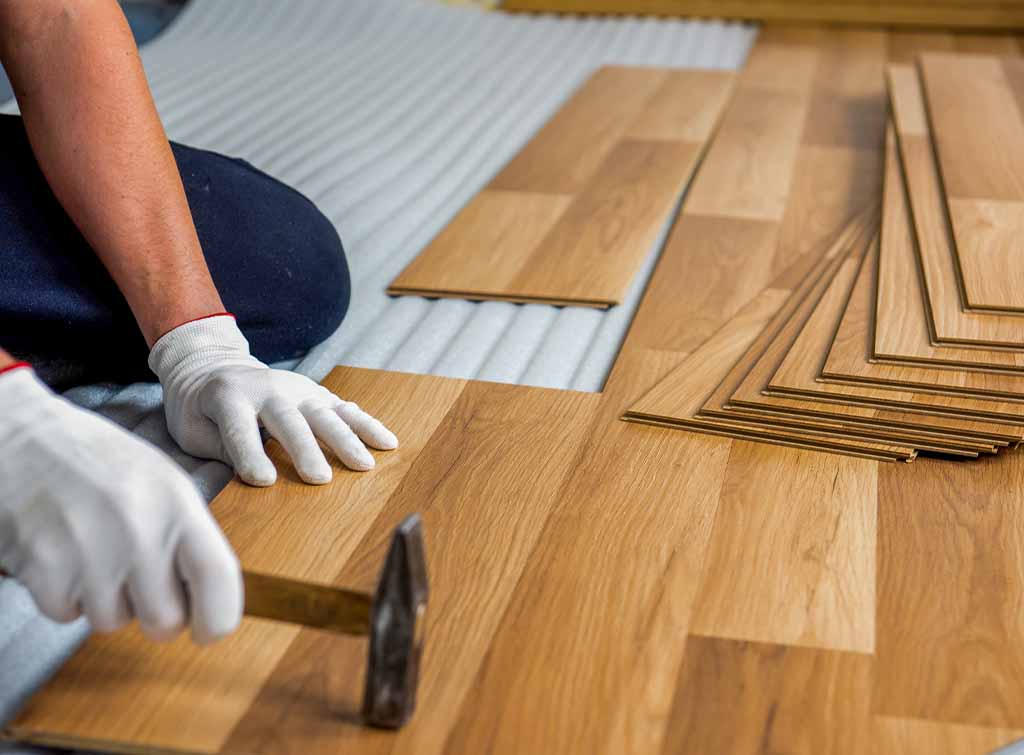
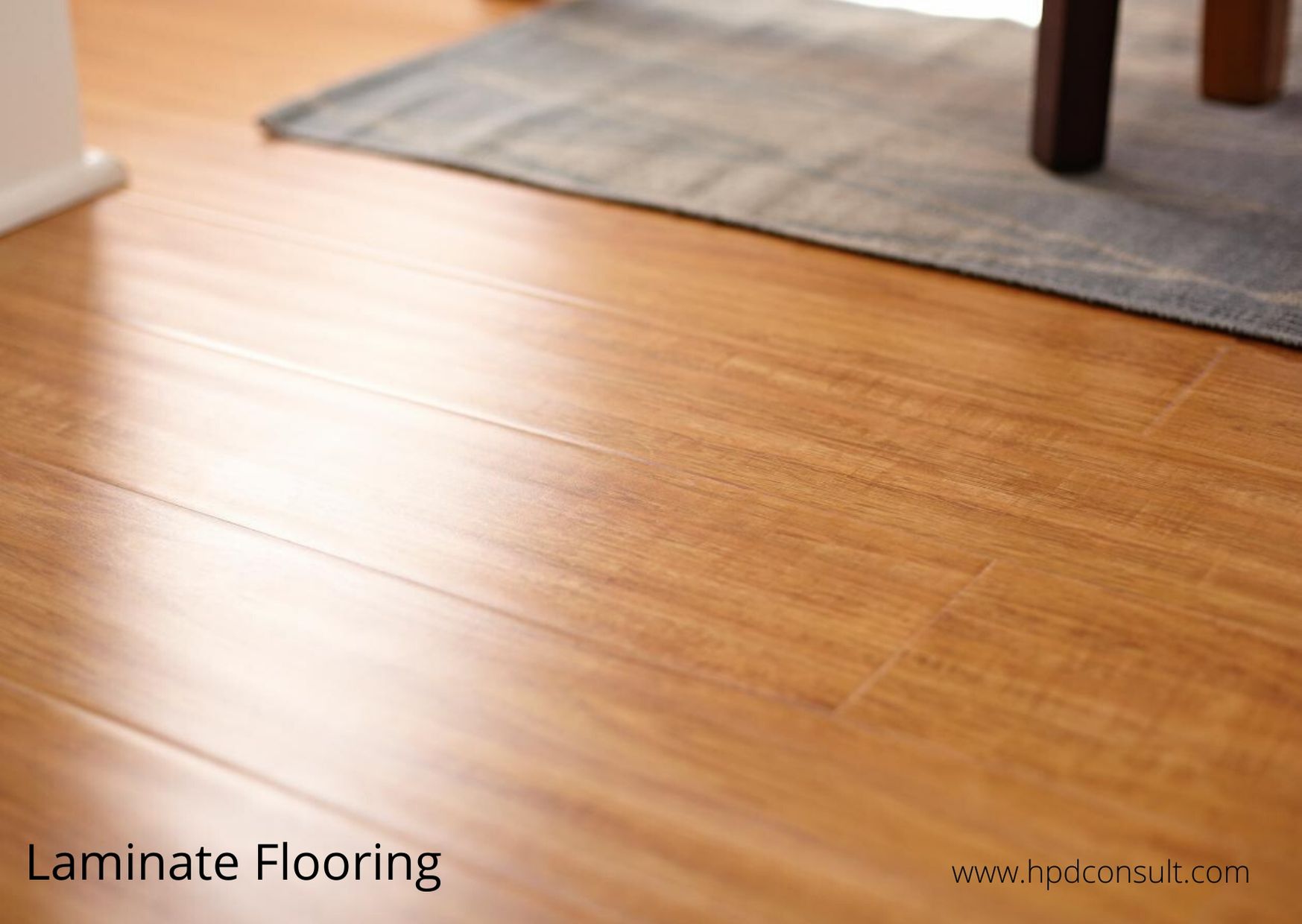

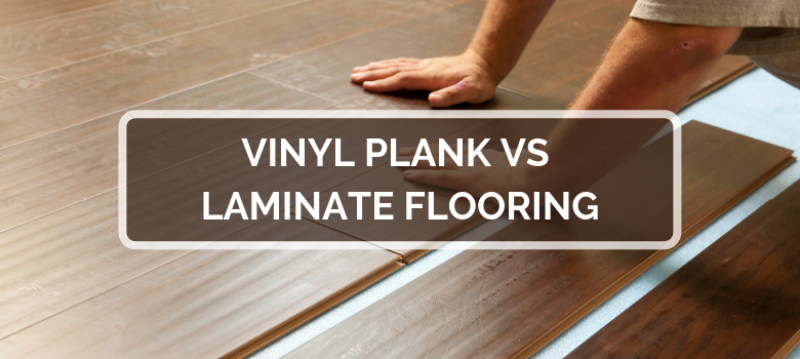







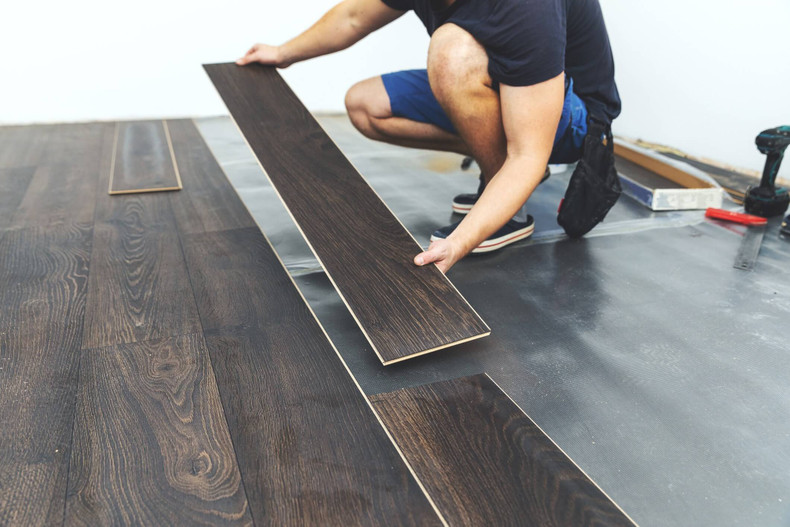







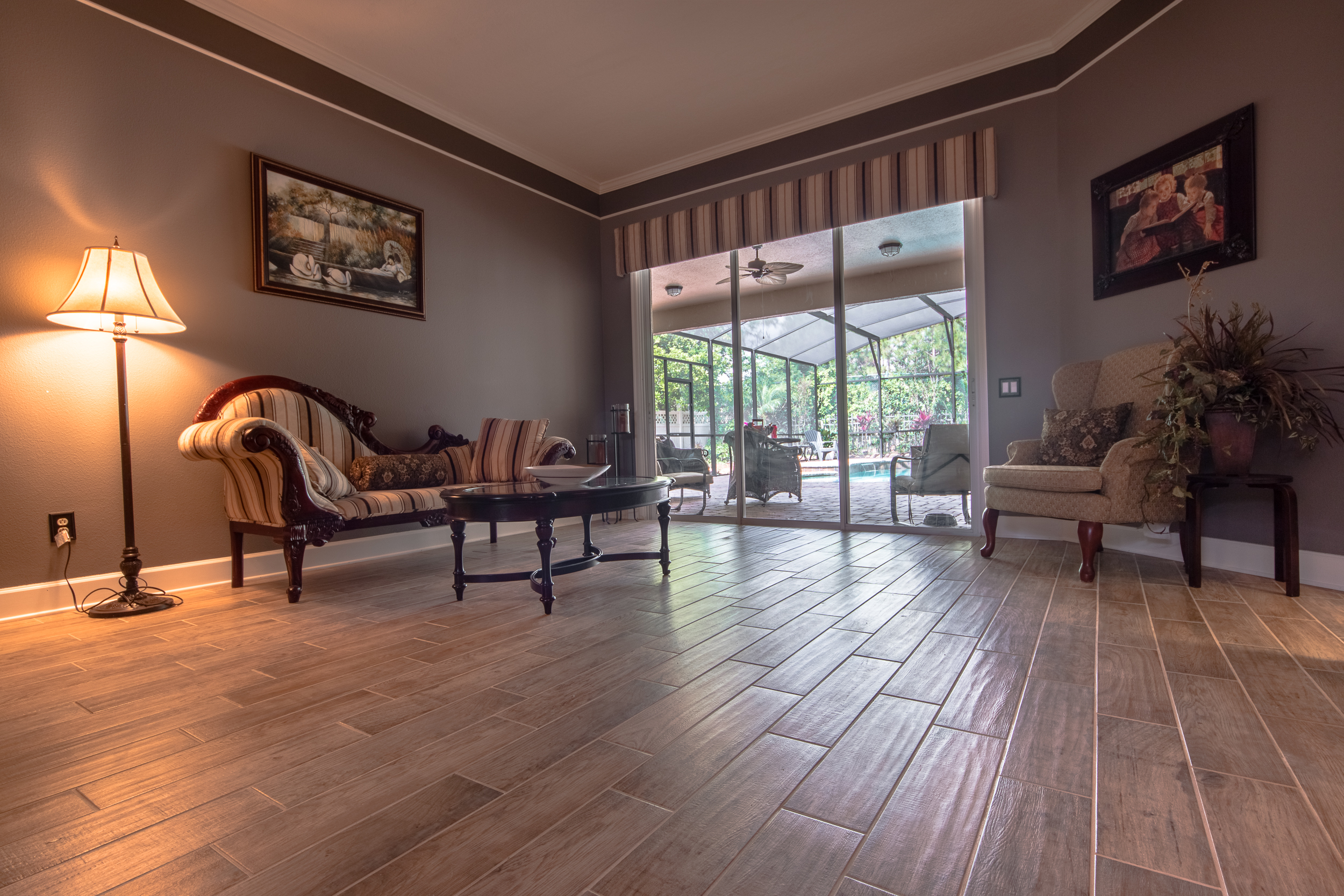
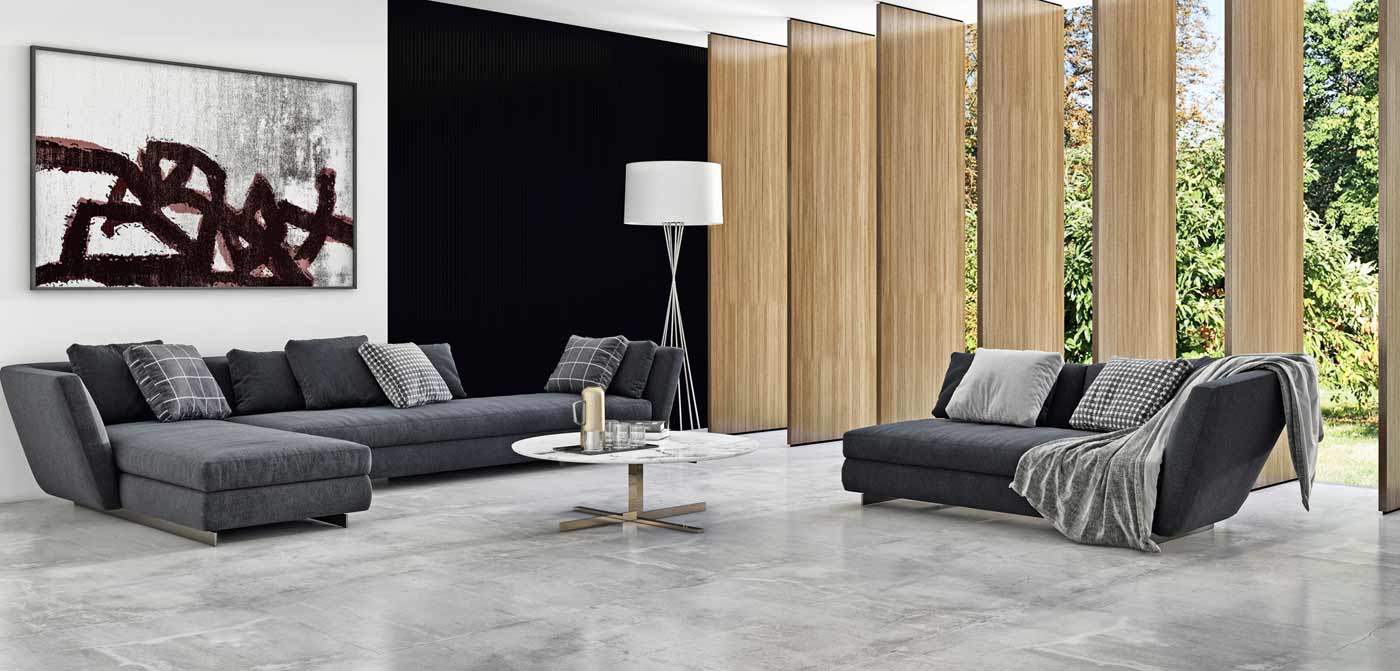
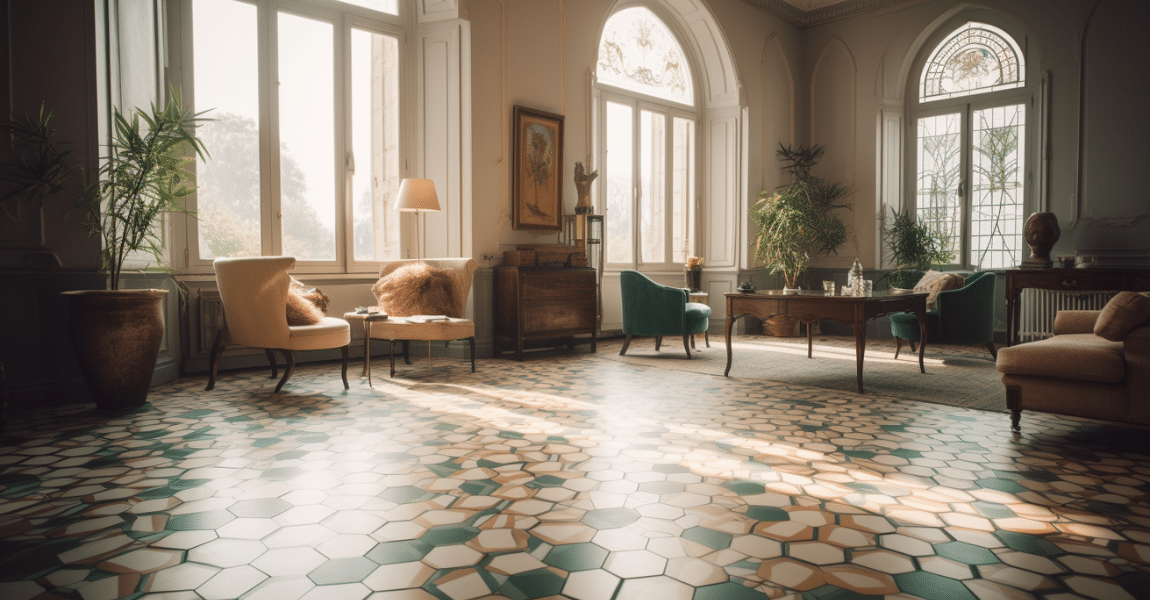

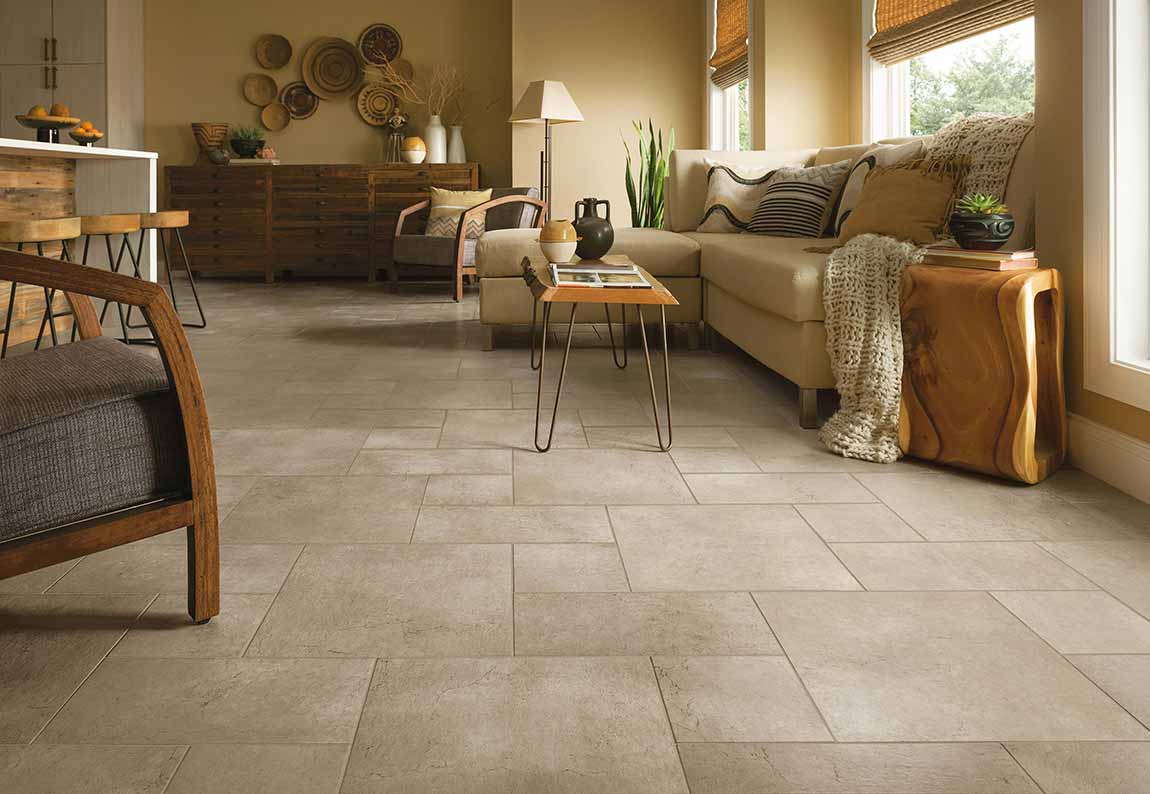


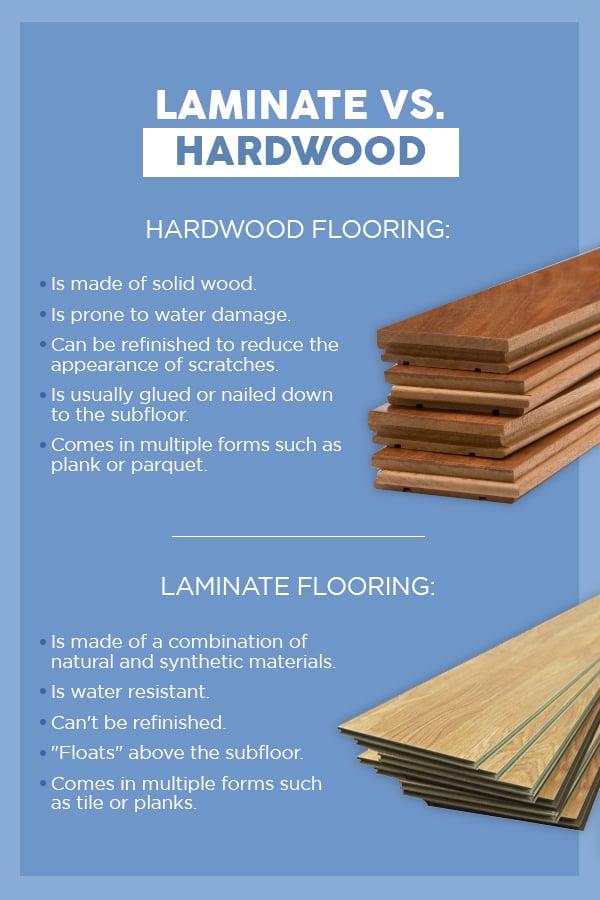

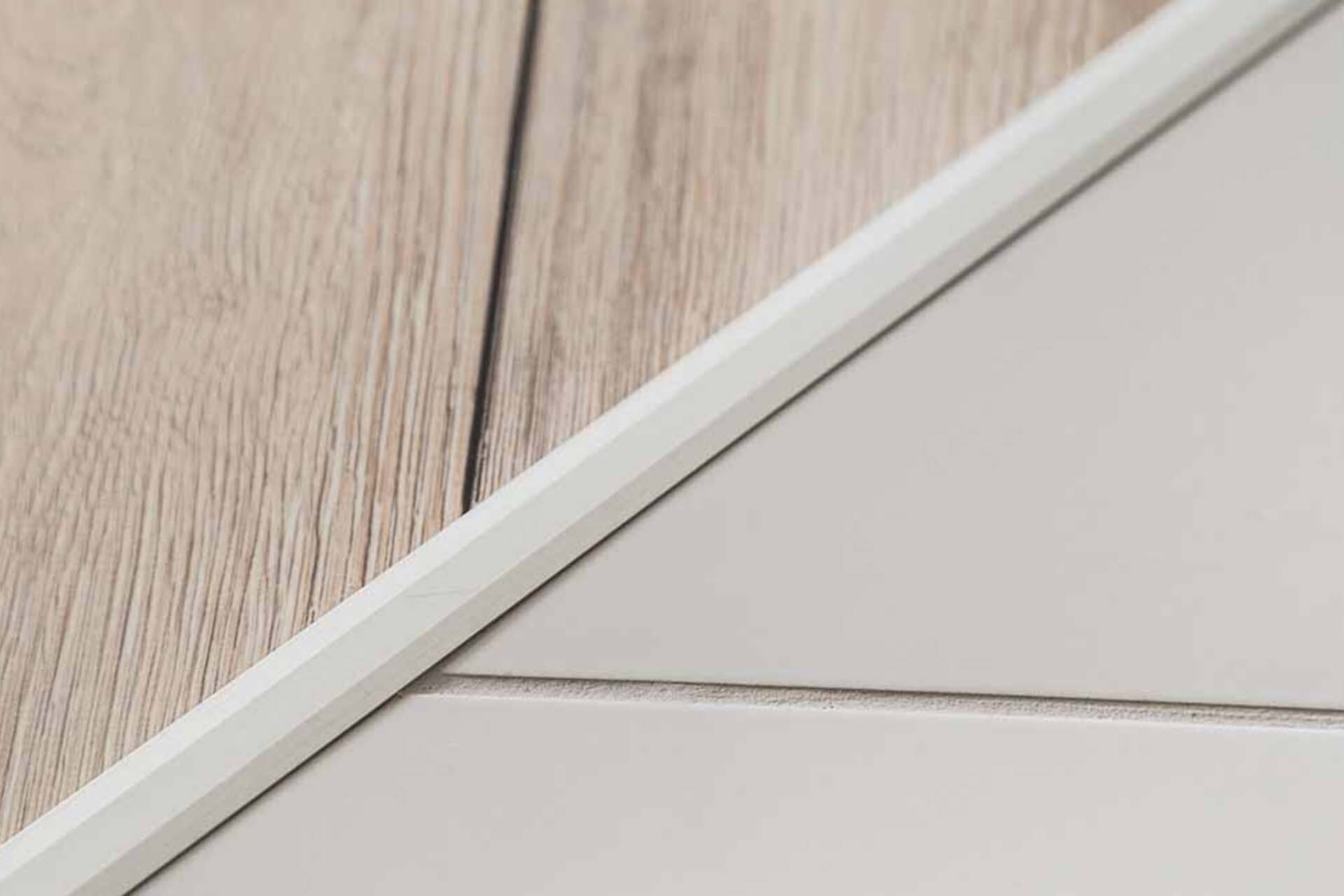


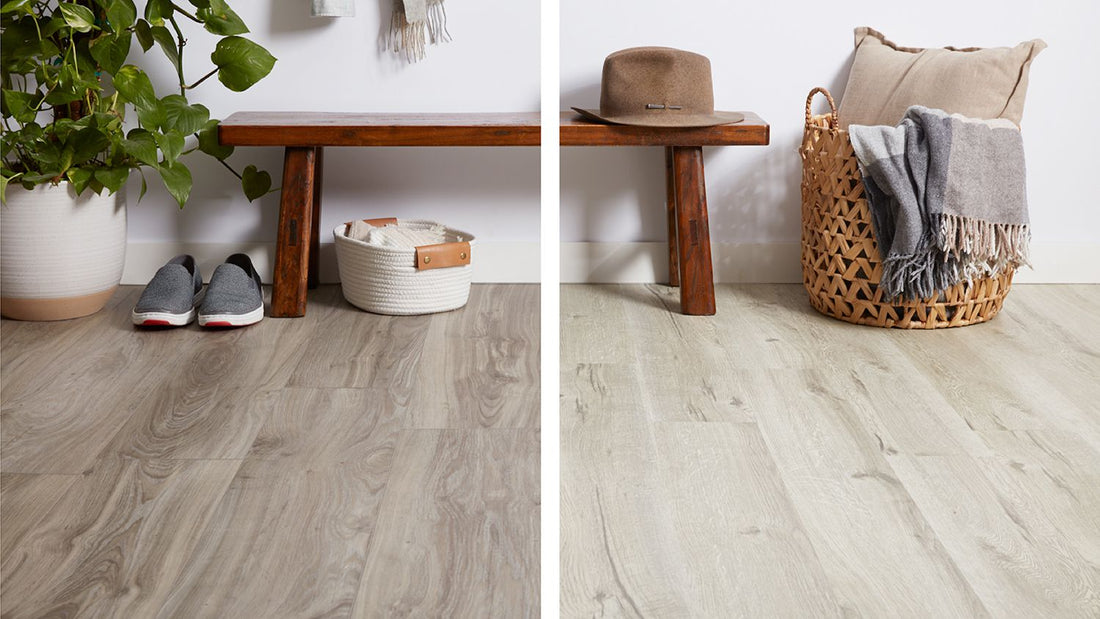

:max_bytes(150000):strip_icc()/bathroom-ceramic-tile-vs-vinyl-plank-1822815-FINAL-5bae841646e0fb002670b7c6-2e9bc35535b84e82999f7aa4dc052ff2.png)




:max_bytes(150000):strip_icc()/SPR_1822800-vinyl-vs-laminate-flooring-5ae8c7b3ba61770036738c2e.png)
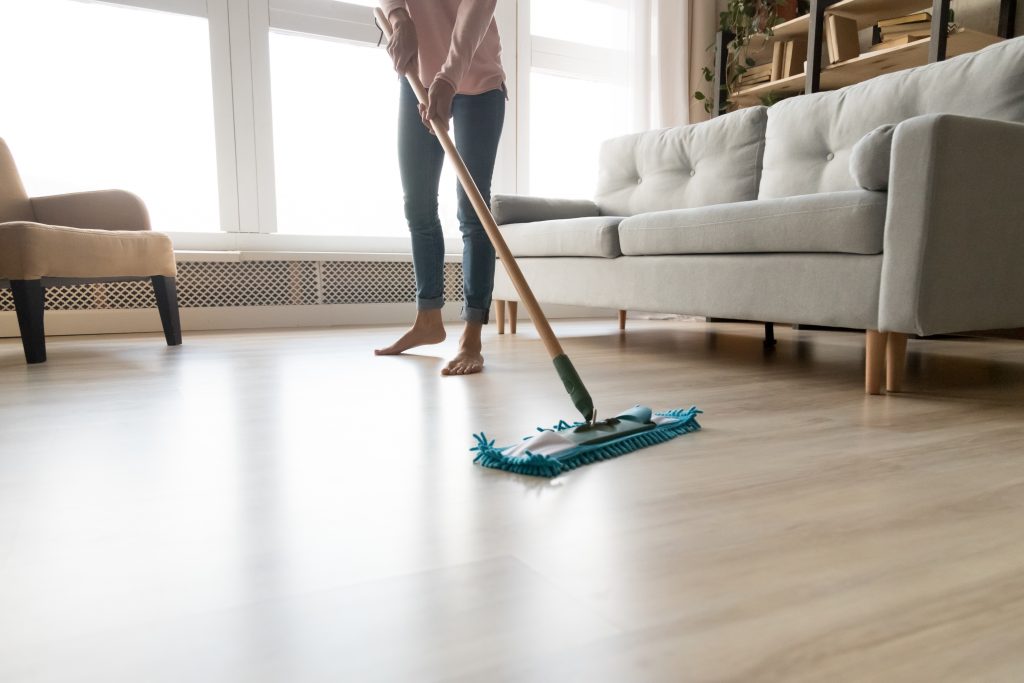



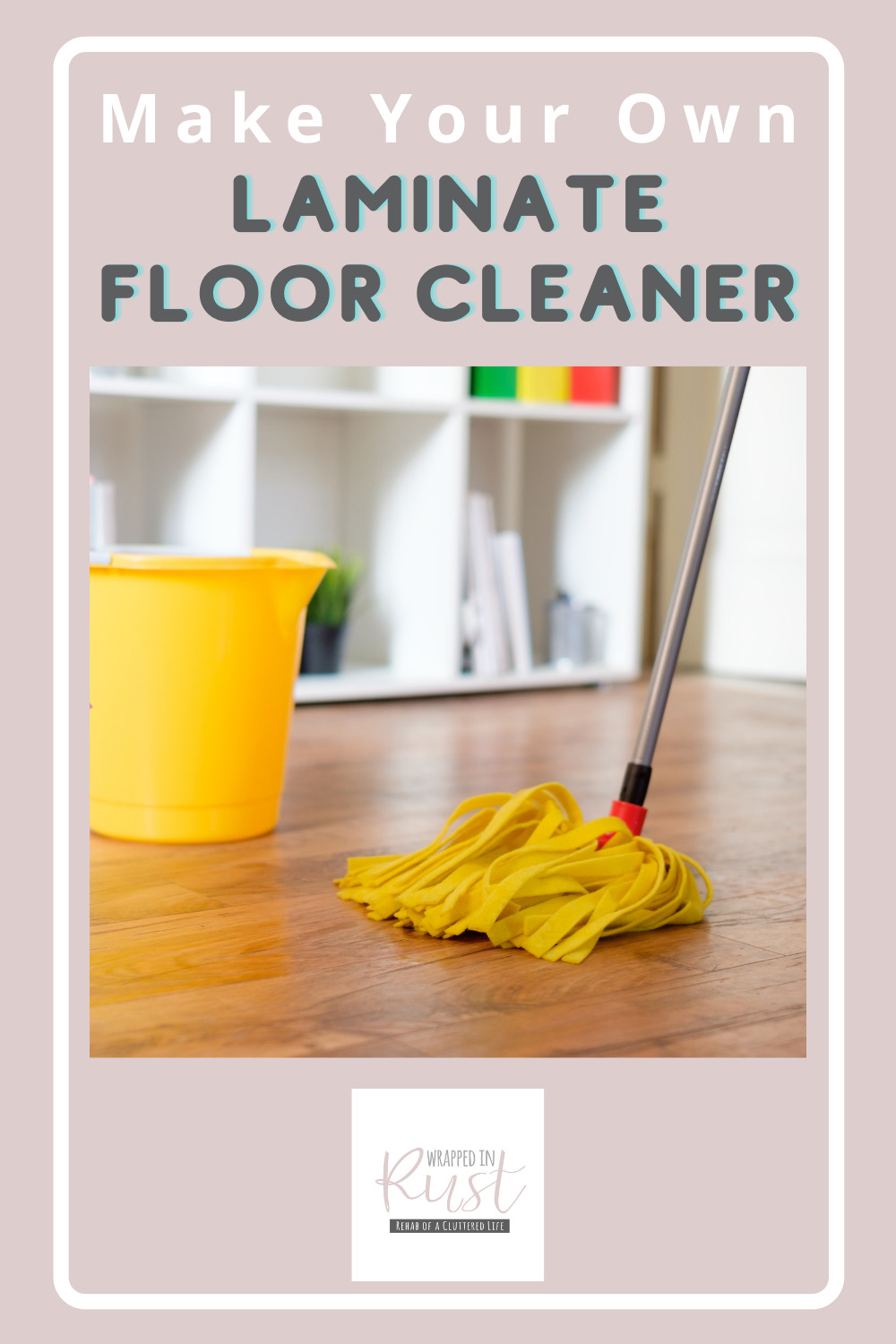

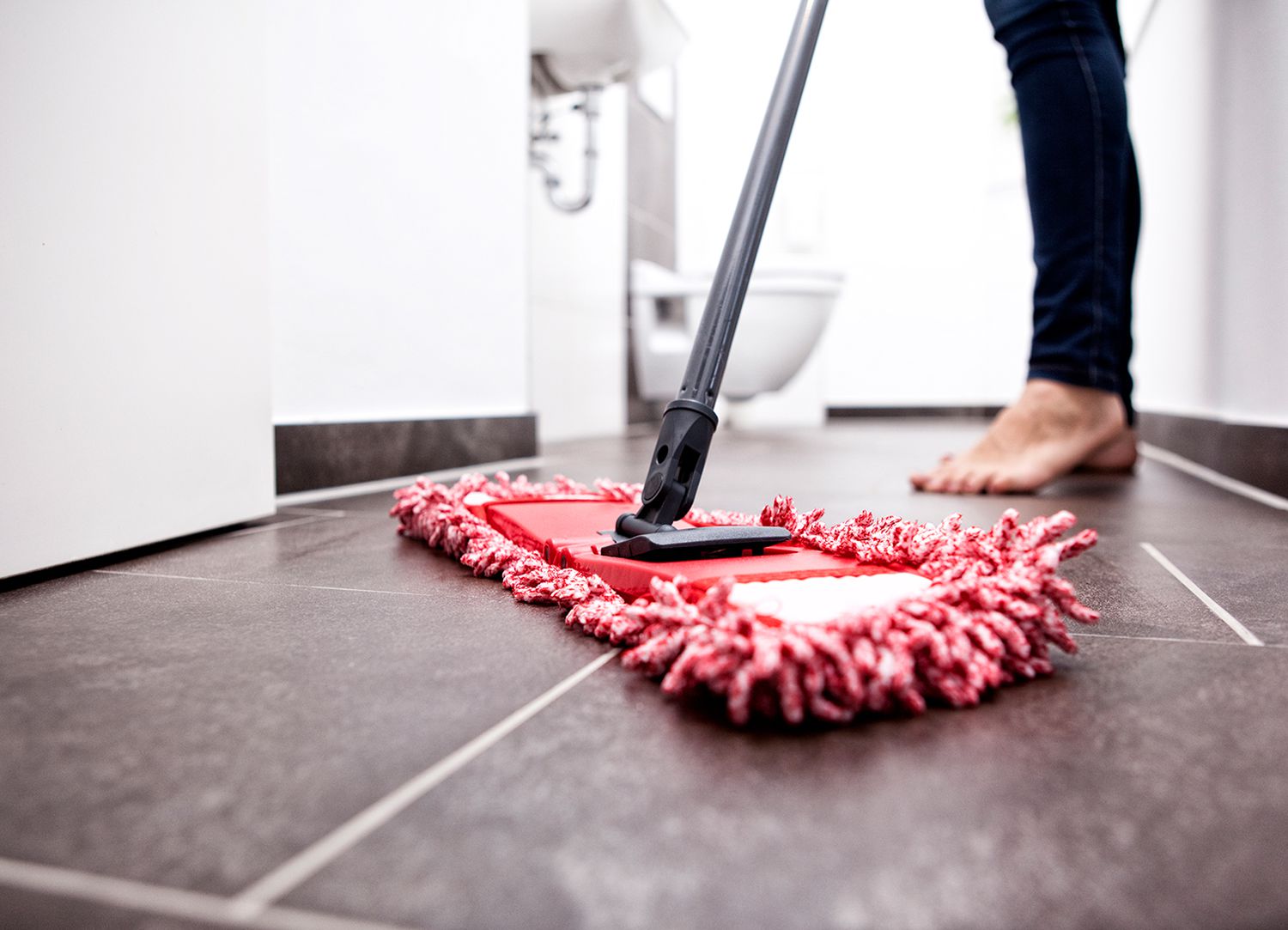

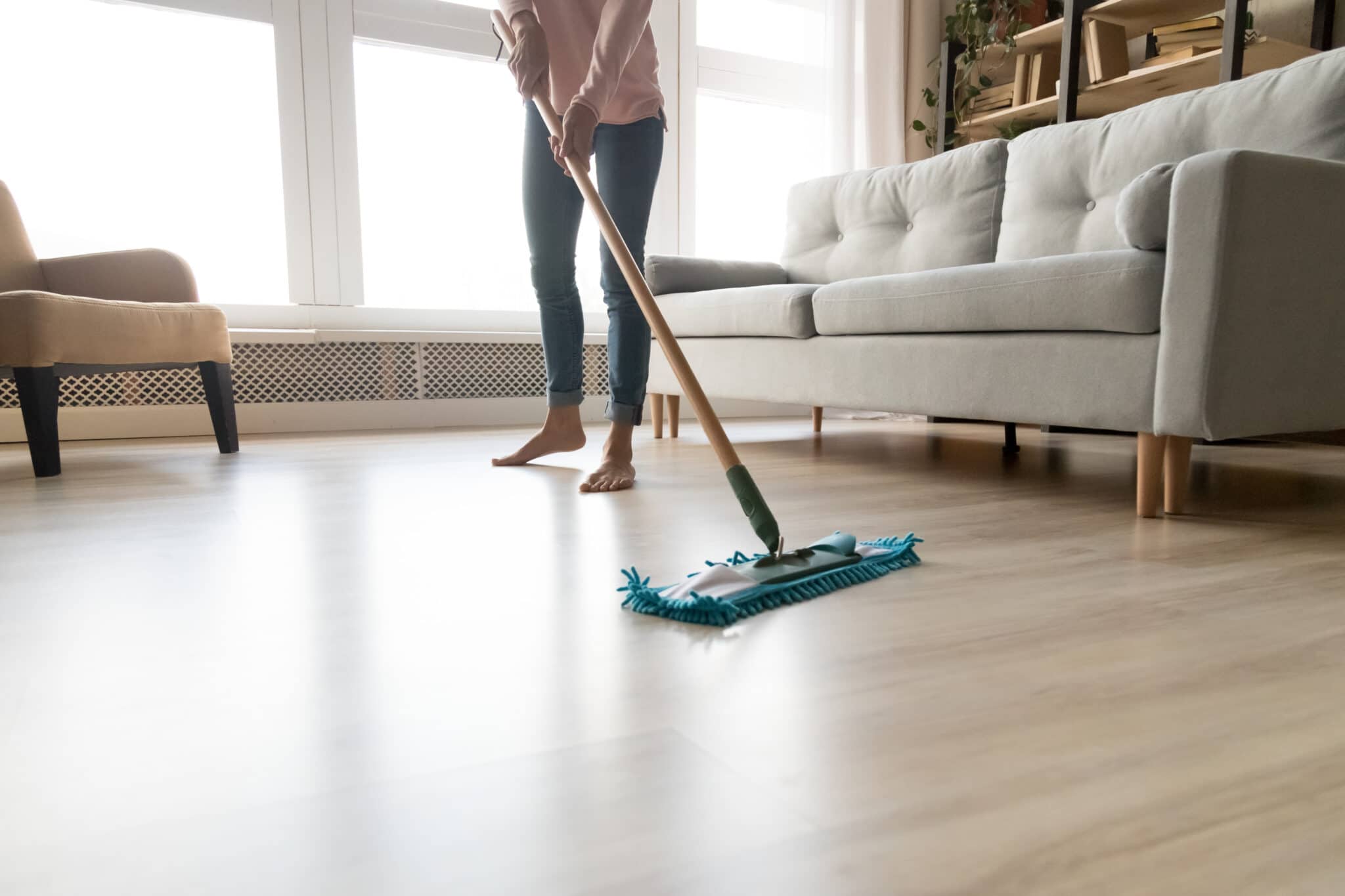


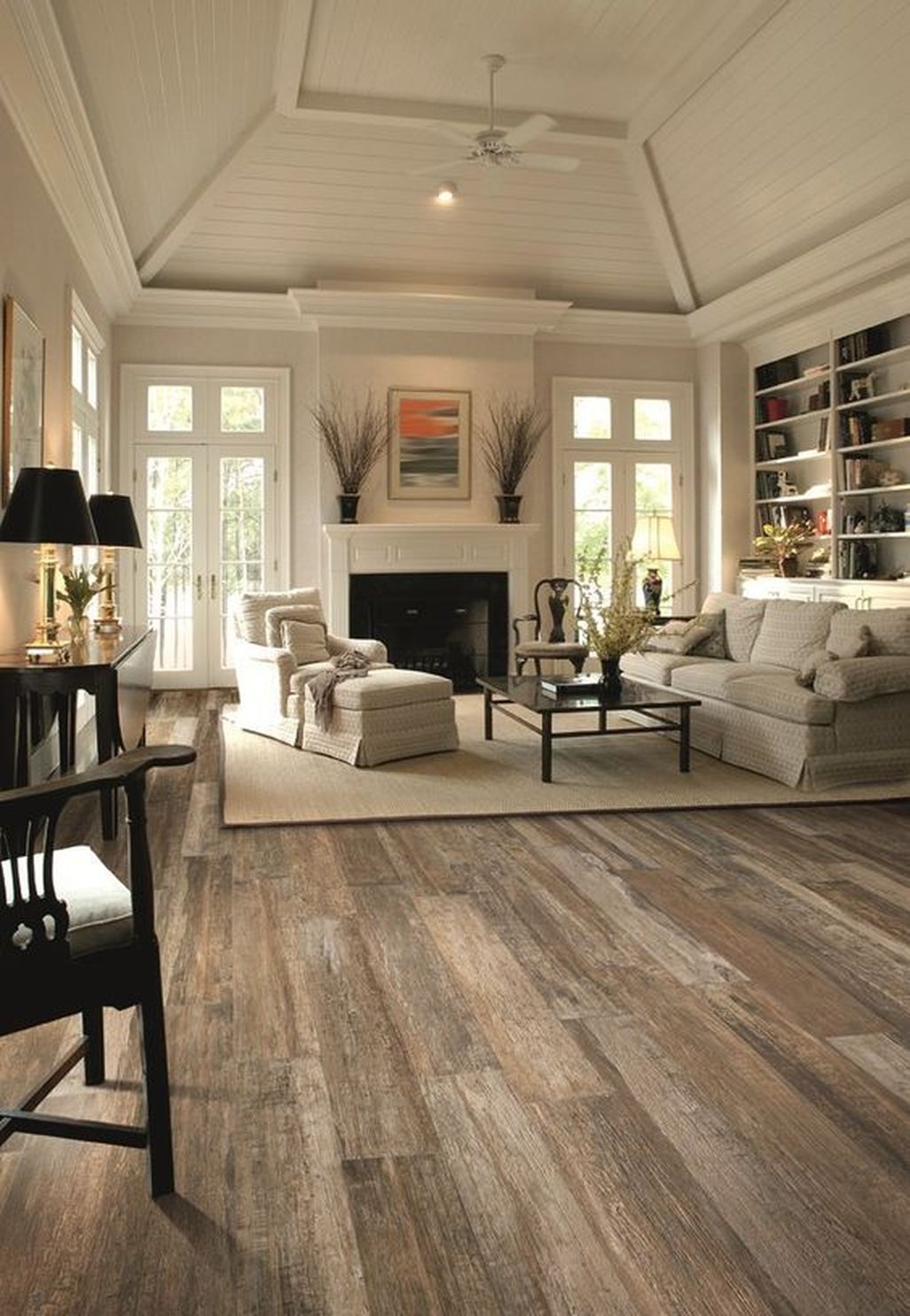




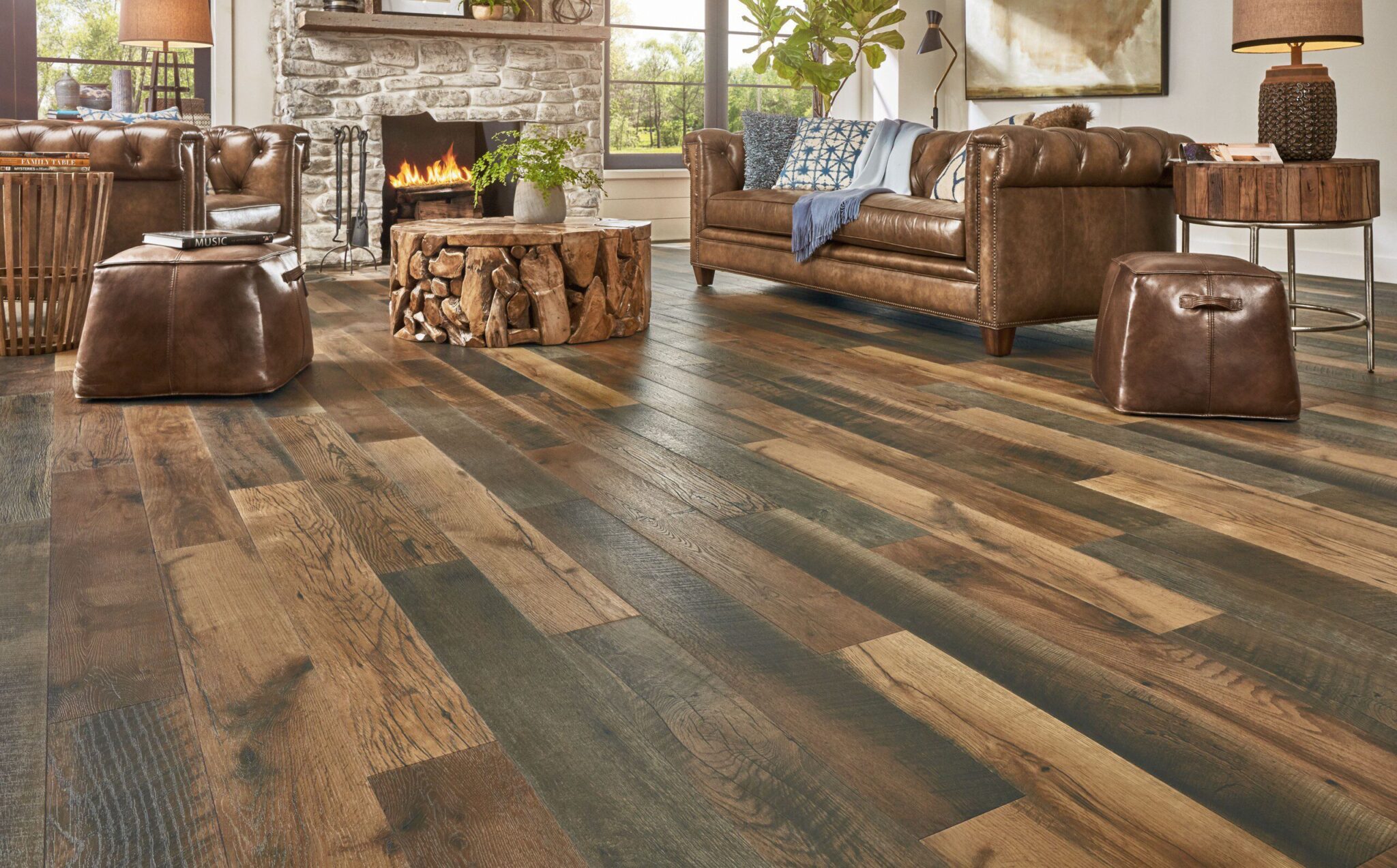
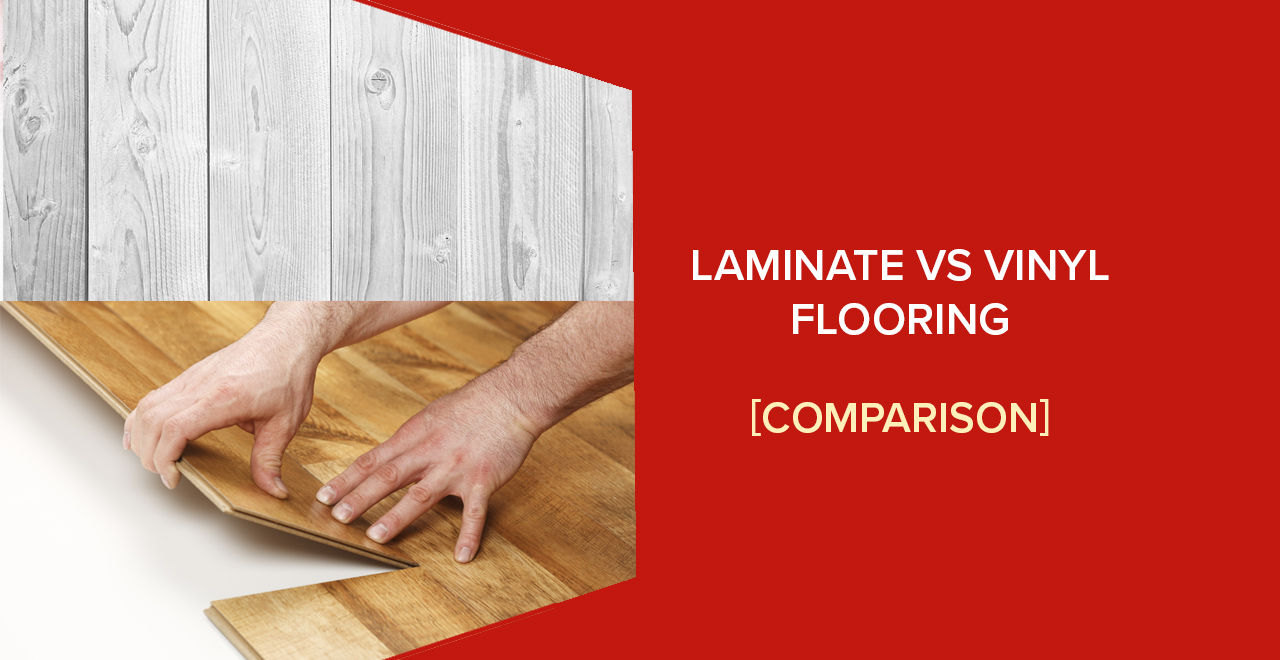
/laminate-vs-engineered-wood-flooring-comparison-1822247_hero_0269-8ef2d32f69f243e3970bbc6823bce163.jpg)




